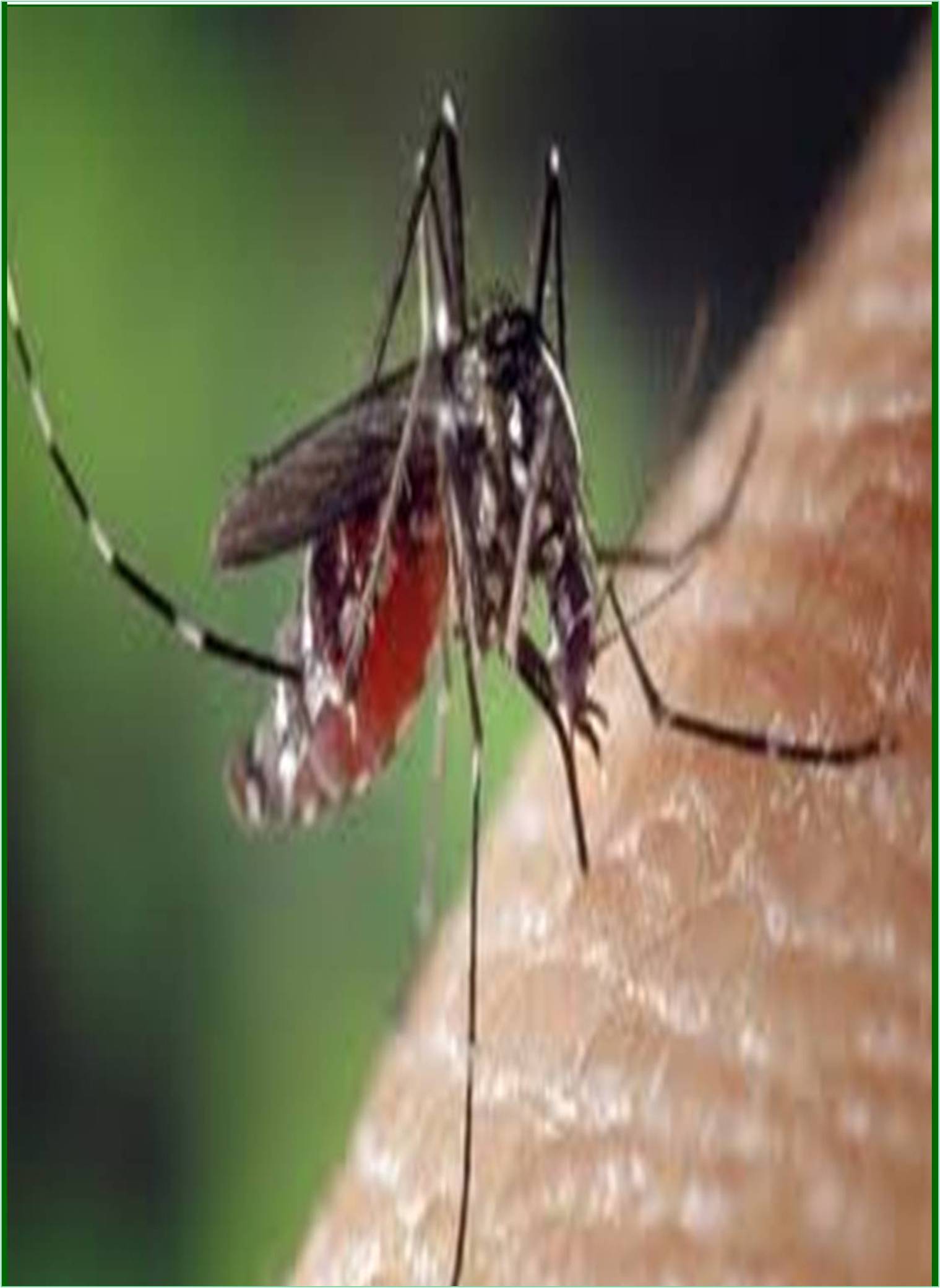



Received: 28-Nov-2022 Editor assigned: 30-Nov-2022 Reviewed: 14-Dec-2022 Revised: 21-Dec-2022 Published: 28-Dec-2022, DOI: 10.15651/JFTD.22.3.17
Nanomedicines are emerging as promising therapeutic agents for the treatment of various tropical diseases affecting the Central Nervous System (CNS). These diseases, such as cerebral malaria, neurocysticercosis, and neuroschistosomiasis, are major public health challenges in many tropical and subtropical regions of the world, particularly in low- and middle-income countries.
The CNS is a particularly challenging target for drug delivery due to the presence of the Blood-Brain Barrier (BBB), a specialized barrier that regulates the entry of substances into the brain. The BBB is composed of endothelial cells that line the capillaries of the brain and tightly control the transport of substances from the blood to the brain. Many drugs, including those used to treat tropical diseases affecting the CNS, cannot cross the BBB and reach their target site in sufficient amounts, leading to poor treatment outcomes.
Nanomedicines offer several advantages for the treatment of CNS diseases. They are designed to be smaller than 100 nanometers in size, which allows them to passively target the BBB and enter the brain parenchyma. They can also be functionalized with specific ligands that target receptors on the BBB, further enhancing their ability to cross the barrier. Additionally, nanomedicines can improve drug solubility, stability, and bioavailability, leading to better therapeutic outcomes.
Cerebral malaria is a severe neurological complication of Plasmodium falciparum infection, and is responsible for significant morbidity and mortality in endemic regions. The pathogenesis of cerebral malaria is complex and multifactorial, involving sequestration of infected red blood cells in the brain microvasculature, activation of inflammatory pathways, and disruption of the BBB. Several nanomedicines have been developed for the treatment of cerebral malaria, including liposomes, polymeric nanoparticles, and solid lipid nanoparticles. These nanomedicines can encapsulate antimalarial drugs such as artemisinin, quinine, and mefloquine, and improve their efficacy by enhancing drug delivery to the brain. For example, liposomes functionalized with a transferrin receptor ligand have been shown to enhance brain uptake of artesunate, a first-line antimalarial drug, and improve survival in a mouse model of cerebral malaria.
Neurocysticercosis is a parasitic infection caused by the tapeworm Taenia solium, and is a leading cause of seizures in many low- and middle-income countries. The infection results from ingestion of contaminated food or water, and the tapeworm larvae can migrate to the brain and form cysts. Treatment of neurocysticercosis involves antiparasitic drugs such as albendazole and praziquantel, but these drugs have limited efficacy against cysticidal parasites and can cause adverse effects. Nanomedicines can improve drug delivery to the brain and enhance drug efficacy against cysticidal parasites. For example, solid lipid nanoparticles loaded with praziquantel have been shown to improve drug uptake in the brain and reduce cyst burden in a mouse model of neurocysticercosis.
Neuroschistosomiasis is a neurological complication of schistosomiasis, a parasitic infection caused by trematode worms. The infection affects over 200 million people worldwide, particularly in sub-Saharan Africa. The parasites can invade the CNS and cause granulomatous lesions, leading to neurological deficits. Treatment of neuroschistosomiasis involves antiparasitic drugs such as praziquantel and oxamniquine, but these drugs have limited efficacy against CNS-invading parasites. Nanomedicines can improve drug delivery to the brain and enhance drug efficacy against CNS-invading parasites.